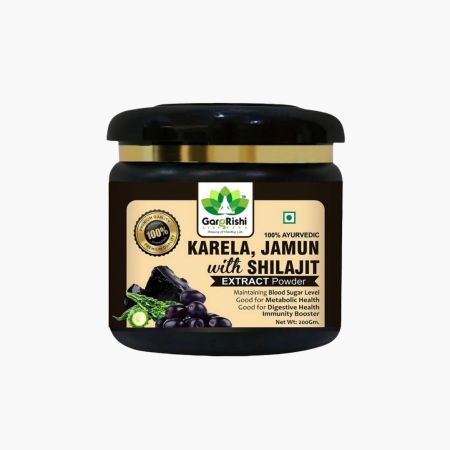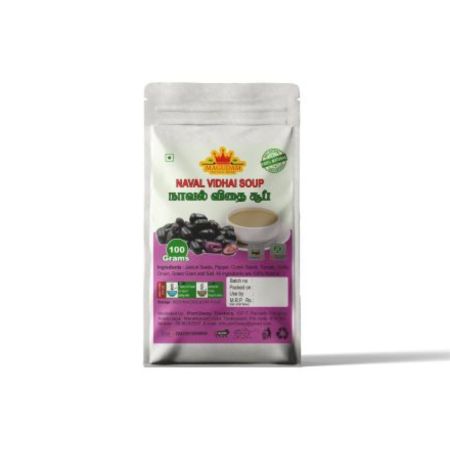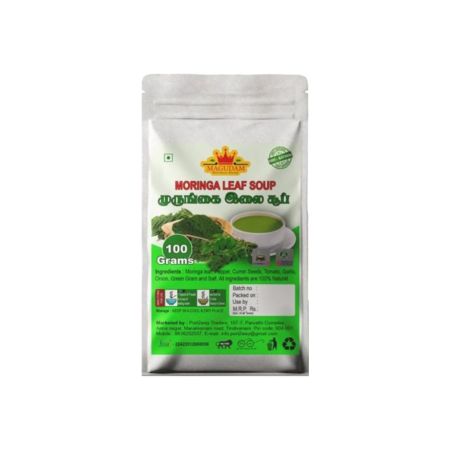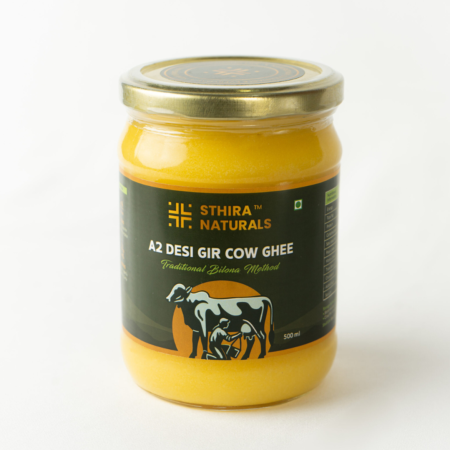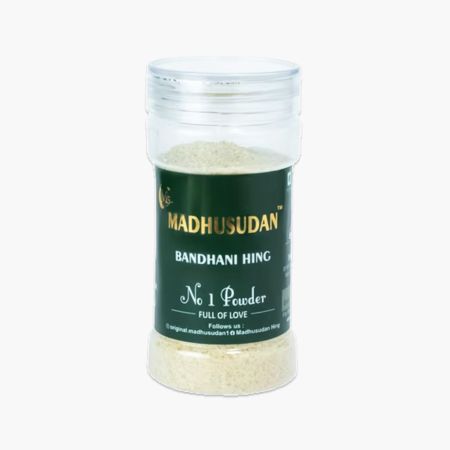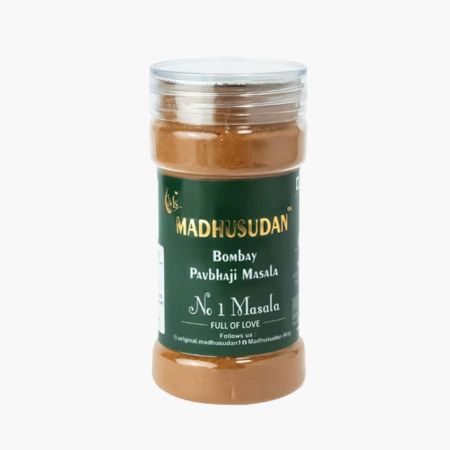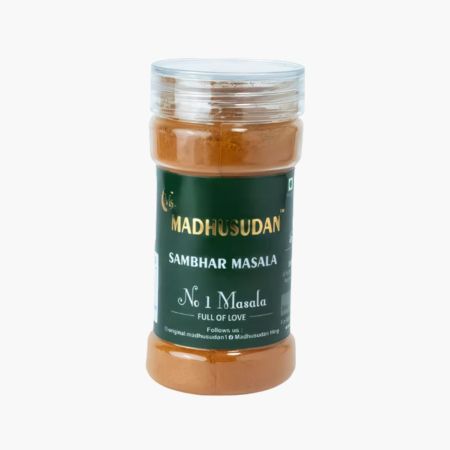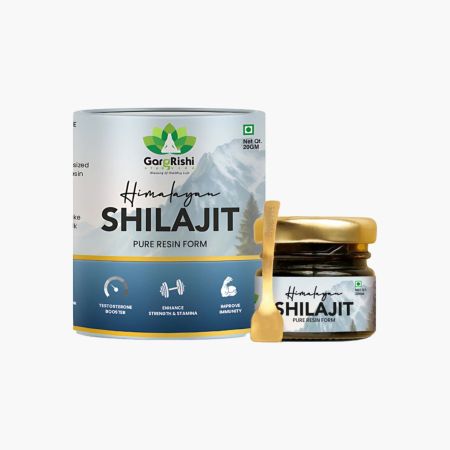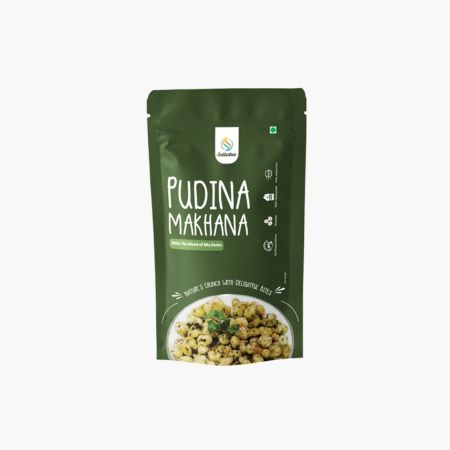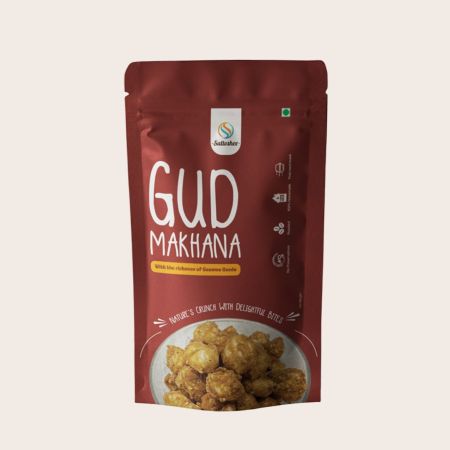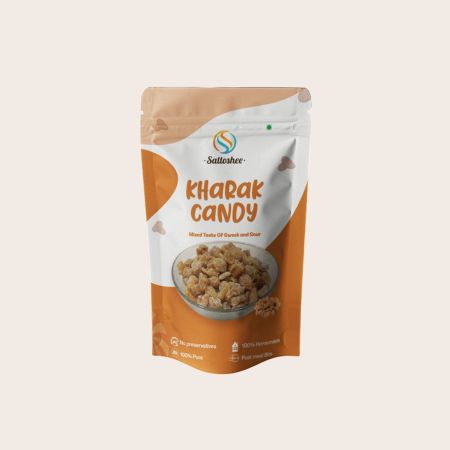|
Turmeric (Curcuma longa):
Turmeric is a vibrant yellow-orange rhizome from the ginger family (Zingiberaceae) that has been used for centuries as a spice, natural dye, and potent medicinal herb. Native to Southeast Asia and widely cultivated in India, turmeric is known as the "Golden Spice" and holds a revered place in Ayurvedic and traditional medicine.
Botanical Characteristics:
Turmeric is a perennial plant that grows up to 1 meter (3 feet) tall, featuring large, green, lance-shaped leaves and pale yellow flowers. The rhizome, or underground stem, is the most prized part of the plant. Fresh turmeric is knobby and cylindrical, with a bright orange interior and a slightly earthy, bitter, and warm flavor.
Health Benefits of Raw Turmeric:
Raw turmeric is packed with bioactive compounds, primarily curcumin, which gives it its characteristic color and therapeutic properties:
Anti-Inflammatory Properties:
Helps reduce inflammation in conditions like arthritis, joint pain, and muscle soreness.
Supports recovery from injuries and post-exercise inflammation.
Antioxidant Powerhouse:
Neutralizes free radicals and protects against oxidative stress.
Boosts the body’s natural antioxidant defenses.
Immune Support:
Strengthens the immune system and helps fight infections.
Has antimicrobial and antiviral properties.
Digestive Health:
Improves digestion and reduces bloating and gas.
Stimulates bile production, aiding in fat digestion.
Skin and Wound Healing:
Promotes healthy, glowing skin and reduces acne.
Speeds up the healing of wounds and reduces scarring.
Detoxification:
Supports liver health by aiding in detoxification processes.
Heart and Brain Health:
Helps regulate cholesterol levels and supports cardiovascular health.
Enhances cognitive function and protects against neurodegenerative diseases.
Culinary and Medicinal Uses of Raw Turmeric:
Freshly Grated: Added to curries, soups, and smoothies for flavor and health benefits.
Raw Juice: Combined with lemon, honey, or ginger for a powerful detox drink.
Infusion: Used in herbal teas or milk (golden milk) for its soothing and healing effects.
Paste: Applied externally for skin treatments or as a poultice for wounds and inflammation.
Cultural and Historical Significance:
Turmeric has been an integral part of Indian culture for over 4,000 years, used in Ayurvedic practices, religious rituals, and traditional ceremonies. It is often associated with purification, prosperity, and spiritual significance.
Nutritional Composition of Raw Turmeric:
Vitamins: Vitamin C, Vitamin B6.
Minerals: Iron, potassium, manganese, and copper.
Bioactive Compounds: Curcumin, demethoxycurcumin, and turmerones.
Calories: Low-calorie, high in dietary fiber.
Environmental Role and Cultivation:
Turmeric thrives in tropical climates with warm temperatures and well-drained, fertile soil. Its cultivation promotes sustainable farming practices, as it naturally enriches the soil and requires minimal chemical inputs.
|







